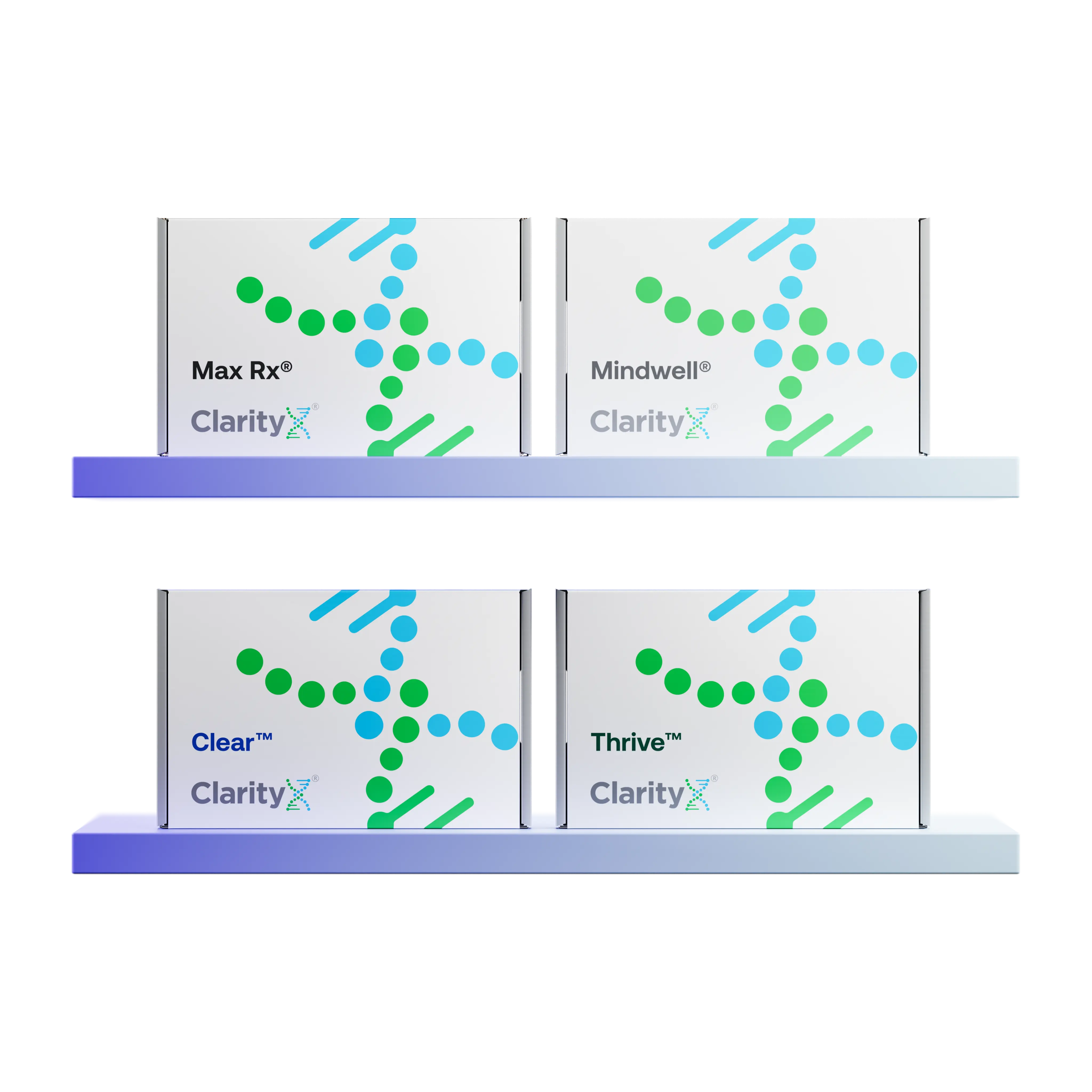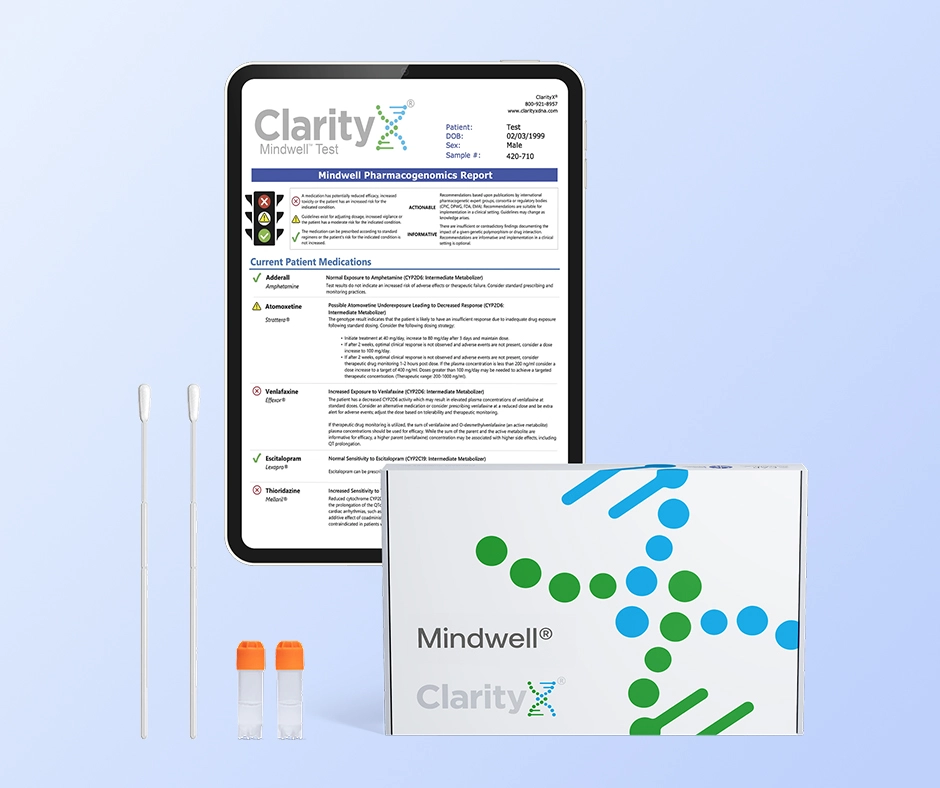Key Highlights
- Valsartan is a medication primarily prescribed for high blood pressure. It can also be prescribed to help manage potential complications after a heart attack and to provide support in certain types of heart failure.
- It is part of a group of drugs called angiotensin II receptor blockers (ARBs). These drugs help relax blood vessels and improve blood flow.
- Valsartan usually starts working within a few hours. However, determining its full impact on blood pressure trends might take several weeks.
- The recommended dosage of Valsartan can differ based on a person's needs and health conditions.
- Always consult your doctor to find the right dosage and discuss possible side effects before taking Valsartan.
Introduction
Many doctors prescribe valsartan to help manage high blood pressure, also known as hypertension. This drug works by blocking certain natural substances that tighten blood vessels. When these vessels relax and widen, blood can flow more easily. This helps reduce the workload on the heart and can lead to improved heart health. This article will discuss what you can expect as you start taking valsartan.
Understanding Valsartan: An Overview
Valsartan is an angiotensin II receptor blocker (ARB). These drugs work by blocking the action of angiotensin II, a hormone that causes blood vessels to tighten. When blood vessels tighten, it can raise blood pressure and put additional strain on the heart. Valsartan can help relax these blood vessels, which may help lower blood pressure and reduce strain on the heart.
The Role of Valsartan in Hypertension Management
High blood pressure is a widespread condition affecting many people globally. Proper treatment is essential to prevent serious health complications like cardiovascular disease or reductions in kidney function. Valsartan can assist in managing high blood pressure by gradually reducing it over time, lowering the associated risks of this chronic condition.
Valsartan is not only for high blood pressure; it can also assist in treating heart failure. When a person has heart failure, their heart struggles to pump blood effectively, which can lead to fluid accumulation in the body. Valsartan helps by relaxing blood vessels, which makes it easier for the heart to pump efficiently. When managing heart failure, it’s often combined with other medications (e.g., sacubitril) as part of a comprehensive treatment plan.
To effectively manage high blood pressure and heart failure, a comprehensive approach is necessary. Valsartan, known for its strong ability to lower blood pressure and enhance heart function, plays a crucial role in this overall strategy.
Valsartan vs. Other ARBs: A Comparative Analysis
Angiotensin II receptor blockers, or ARBs, are medications used to treat high blood pressure and manage kidney disease. Valsartan is a well-known ARB, but there are also other options in the class, such as losartan and olmesartan. In general, ARB medications are comparable in terms of both safety and efficacy. Some studies suggest olmesartan may provide slightly improved blood pressure management, but any clinical advantage of choosing one medication over the other for hypertension remains unclear.
When choosing a blood pressure medication, much of the process relies on considering medical history and overall health status. Kidney function can be particularly important, and comorbid conditions like diabetes also play an important factor. While all ARB medications have shown benefits for blood pressure management in clinical trials, some have become more established for managing certain conditions. For instance, valsartan, losartan, and candesartan may be considered before other alternatives for individuals managing heart failure. If someone has experienced a heart attack, valsartan may be a first choice for some clinicians.
It’s important to talk with your healthcare providers about your full medical history to help ensure your treatment is tailored with medications that are established in helping other people with similar needs.
The Mechanism of Action: How Valsartan Affects Blood Pressure
Valsartan primarily blocks the angiotensin II receptor, which is located on the cells that line blood vessels. This receptor plays a crucial role in regulating blood pressure.
When angiotensin II connects to these receptors, it causes the blood vessels to tighten, leading to higher blood pressure. Valsartan stops angiotensin II from attaching to these receptors. This helps blood vessels relax and open up, which can lower blood pressure. When blood vessels relax and become wider, there’s more space for blood to occupy as it passes through, helping reduce the pressure within the blood vessels.
From Ingestion to Effect: Tracking Valsartan's Journey in the Body
When you take a valsartan tablet, it first needs to dissolve in the digestive tract before being absorbed into the bloodstream. This can take some time. Although valsartan can be taken with or without food, the stomach contents may have a small impact on how quickly valsartan is absorbed.
Once in the blood, Valsartan targets specific places on cells called angiotensin II receptors found on blood vessels. By attaching to these receptors, Valsartan stops angiotensin II from causing blood vessels to tighten.
This blockage helps to relax and widen the blood vessels, making it easier for blood to flow and helping to lower blood pressure.
Timeline of Effects: When to Expect Results from Valsartan
For individuals who are newly starting Valsartan, it's essential to understand how soon it will take effect. Valsartan can start to lower blood pressure relatively quickly (within hours), but the full impact may take some time to become noticeable.
Early Indicators of Valsartan's Impact on Blood Pressure
When your blood pressure changes, you may not necessarily feel any different. Early changes in blood pressure may be more recognizable due to feeling dizzy or lightheaded. This often improves within a few days as the body adjusts to the medication. If it does not improve, contacting your healthcare providers is important. It’s particularly important to let your healthcare providers know if you feel as though you may fall.
High blood pressure doesn’t always cause immediately recognizable symptoms. Because of this, when your blood pressure is maintained at healthier levels, you may not feel any different. The goal of therapy is ultimately to help prevent some of the damage that can be caused by elevated blood pressure levels over time.
The best way to help determine whether blood pressure medications like valsartan are working is to regularly check your blood pressure readings. This can be done with a home monitor, blood pressure machines at certain stores, or simply checked at clinic visits. It’s helpful to remember that blood pressure can fluctuate. Checking your blood pressure readings at home and keeping track of these results can help you and your provider keep a closer eye on trends over time.
Understanding the Full Potential: Long-Term Benefits and Stability
Valsartan is often needed for long-term blood pressure management.
Long-term blood pressure stability can help prevent changes that could put too much pressure on the heart and blood vessels. Such stability is important because it can lower the risk of serious problems like heart attack, stroke, and kidney problems.
It's important to know that stopping Valsartan suddenly can cause blood pressure to rise again. So, always talk to a healthcare provider before changing your medication routine. It’s equally important to regularly check in with your healthcare providers over time to help ensure your current dosages remain safe and are still working as intended.
Dosage and Administration: Maximizing the Efficacy of Valsartan
The appropriate dosage of Valsartan varies from person to person. It depends on factors such as your medical condition, its severity, and your response to the medication.
It is important to work with a qualified healthcare professional. They can provide the correct dosage and instructions for taking it. Regular checks by a healthcare provider are key, especially when you first start taking Valsartan or if your dosage needs to change.
Recommended Dosage Guidelines for Different Conditions
The starting dosage of Valsartan for high blood pressure is usually 80 mg or 160 mg once a day for adults, based on their body weight. The doctor may change this amount over time until blood pressure is consistently under control.
For individuals managing heart failure, the starting dose is often lower, around 40 mg twice a day. Based on their findings, the doctor may increase this dose slowly to get the right effect.
Other factors can also impact ideal dosing, such as kidney function genetics or differences in metabolism.
These guidelines are general. The actual dosage can change based on each person’s needs. It's not safe to change the Valsartan dosage or treat yourself without the help of a healthcare professional.
Tips for Consistent and Effective Use of Valsartan
Maintaining a steady routine when taking Valsartan is important for getting the most out of it. You should take this medication exactly as your doctor has prescribed. Stick to a regular dosing schedule. Missing doses or taking it at random times can lower its ability to control blood pressure.
If you struggle to remember to take your daily medications, some strategies may help. Setting alarms (and snoozing them until you’ve actually taken the medication) can help. It can also be helpful to store the medication near something you use as a part of a daily routine—near a coffee pot, for instance.
To keep your medications effective, always store them correctly at room temperature. Store Valsartan in a cool, dry spot away from sunlight and moisture.
Side Effects and Safety Precautions of Valsartan
Valsartan is generally well-tolerated, but it does have some potential side effects that are important to be aware of.
Some of the common side effects of valsartan include:
- Dizziness
- Headaches
- Upset stomach
- Dehydration symptoms, such as increased thirst
Some side effects, like dizziness, can improve as your body adjusts to the medication. If any of these side effects linger or seem to worsen, contact your healthcare provider.
A persistent dry cough is also a possible side effect associated with valsartan, although ARBs are generally less likely to cause this than alternative blood pressure medications like ACE inhibitors (e.g., lisinopril).
Rare Side Effects: What to Be Aware Of
Some individuals may experience more severe side effects. This could include swelling in the arms or legs, or changes in kidney function. If you experience these side effects and they do not improve, it is important to seek medical attention. You may need to adjust your treatment plan.
In rare cases, some individuals may experience serious allergic reactions to Valsartan. Symptoms such as difficulty breathing, swelling of the face or throat, or skin rashes require immediate medical attention.
Addressing Concerns: Valsartan Recalls and Safety Measures
In recent years, several manufacturers have recalled valsartan due to impurities detected in certain batches. The FDA plays a crucial role in ensuring that medications are safe and effective, and it has issued alerts and guidelines to address these concerns.
At the time of writing, no new lot numbers have been introduced to the affected list in the last few years. The list of medications can be found on the FDA’s website. If you have ever been dispensed a medication that has been recalled for this or a similar reason, your pharmacy is required to notify you.
Conclusion
Valsartan is a commonly used medication for managing blood pressure and supporting other cardiovascular concerns. When you start a new blood pressure medication like valsartan, it starts to work fairly quickly in the body. Early on, this may make you feel dizzy, but this should improve within a few days. In many cases, you may not feel much different at all.
Lastly when considering treatment options like valsartan your genetics can also play a vital role in determining which medications will be best suited for you. A simple test can help reduce the trial and error process associated with finding the right medication. Find out more by visiting www.clarityxdna.com
Frequently Asked Questions
How quickly can I expect to see blood pressure changes after starting Valsartan?
Valsartan can start reducing blood pressure within just a few hours. However, it may take several weeks to gauge its full effects on blood pressure trends over time.
Is there a best time of day to take Valsartan for optimal results?
You can take Valsartan with food or on an empty stomach. Your healthcare provider may recommend a specific time of day, depending on individual needs and whether or not you’re on multiple medications for blood pressure. It’s helpful to take the medication at a consistent time each day to help maintain steady levels.
Can Valsartan be used alongside other hypertension medications?
Valsartan is often combined with other hypertension medications, depending on individual needs. Combining it with other medications that also work in the RAAS system is uncommon, however. If you’re taking both valsartan and another “sartan” (ARB) or “pril” (ACE inhibitor) medication, it may be helpful to check with your healthcare providers to ensure an error hasn’t occurred.
What should I do if I miss a dose of Valsartan?
If you forget to take a dose of Valsartan, take it as soon as you remember. If it is nearly time for your next dose, just skip the missed dose. Then, go back to your regular dosing schedule.
https://dailymed.nlm.nih.gov/dailymed/drugInfo.cfm?setid=ab5e0e5a-5bdf-4cfc-9d18-57ea4d642f65
https://www.ncbi.nlm.nih.gov/books/NBK537027/
https://www.ahajournals.org/doi/pdf/10.1161/HYPERTENSIONAHA.120.15026
https://pmc.ncbi.nlm.nih.gov/articles/PMC6394573/
https://pmc.ncbi.nlm.nih.gov/articles/PMC8101821/
https://pmc.ncbi.nlm.nih.gov/articles/PMC4947116/
https://www.mdpi.com/1422-0067/24/20/15265
https://clarityxdna.com/blog/learn/genetic-testing-for-high-blood-pressure/






